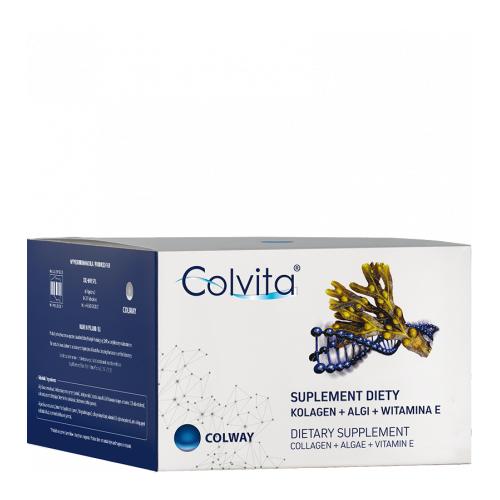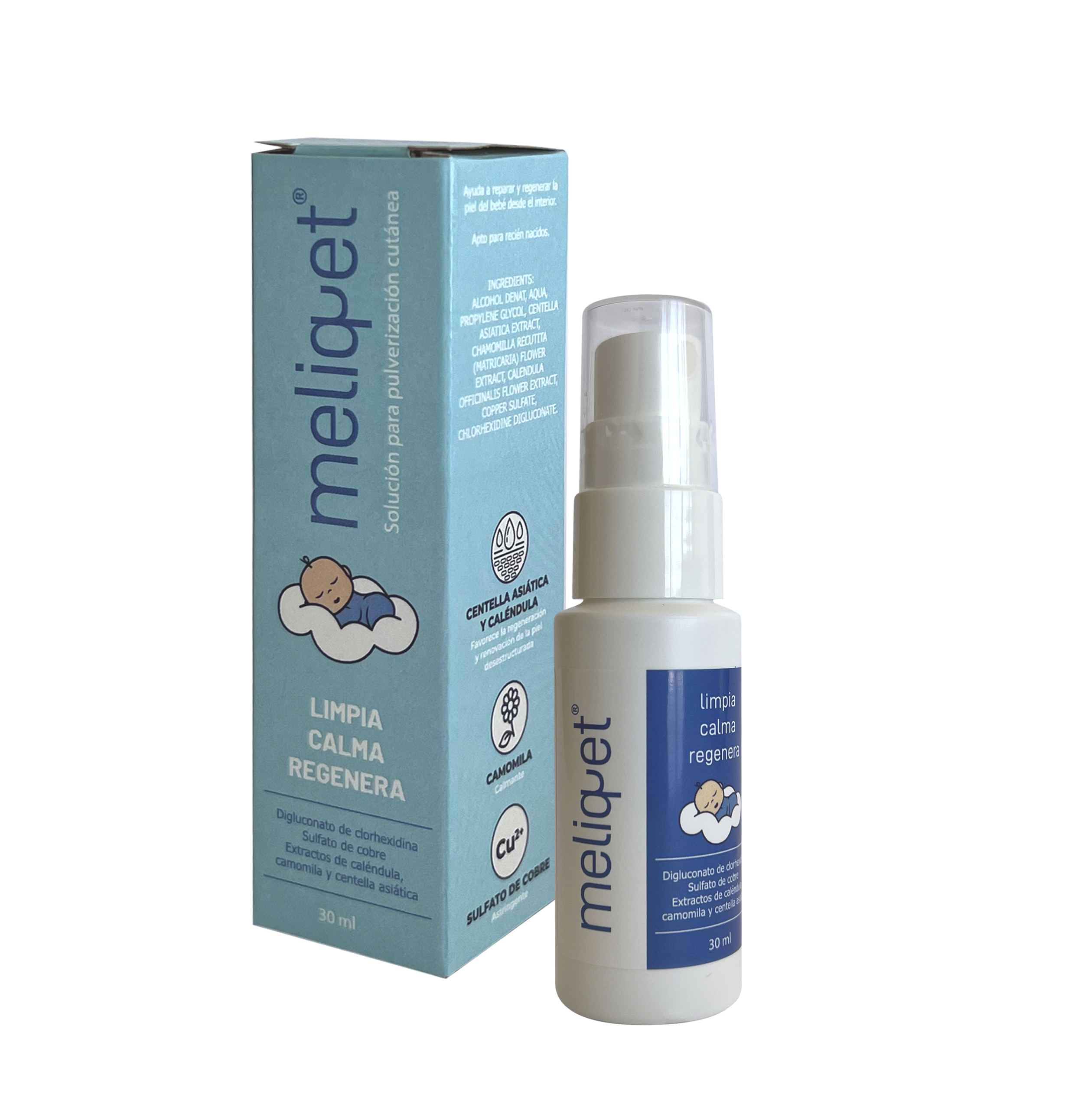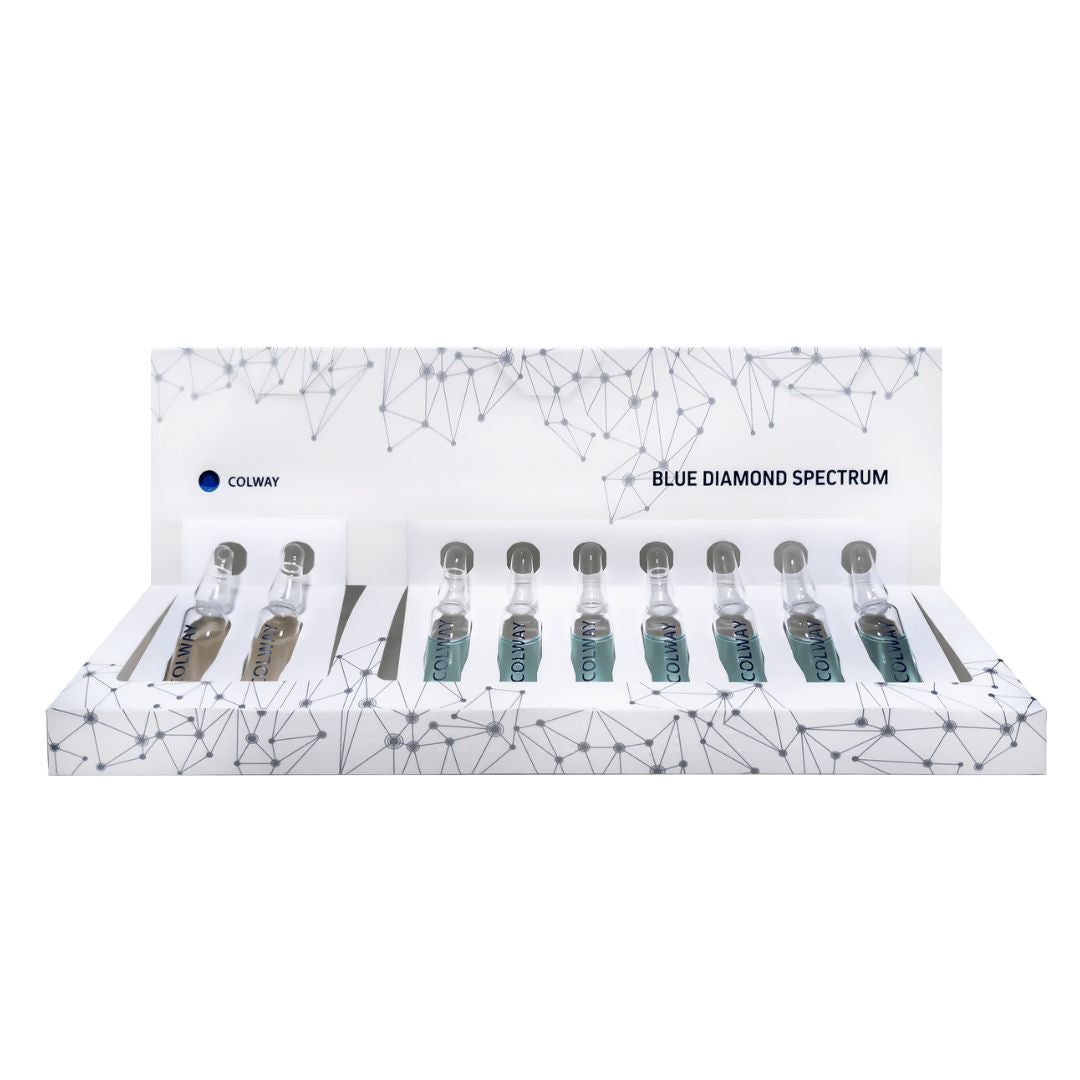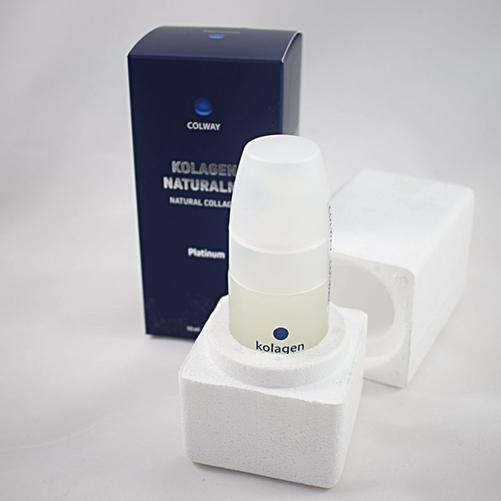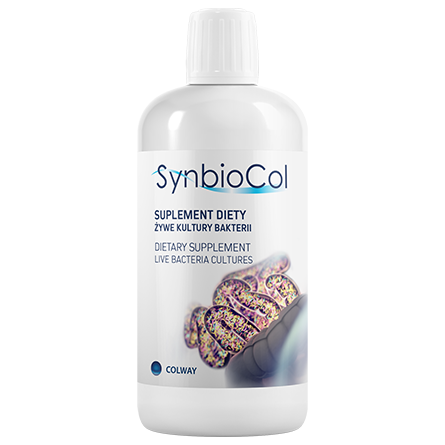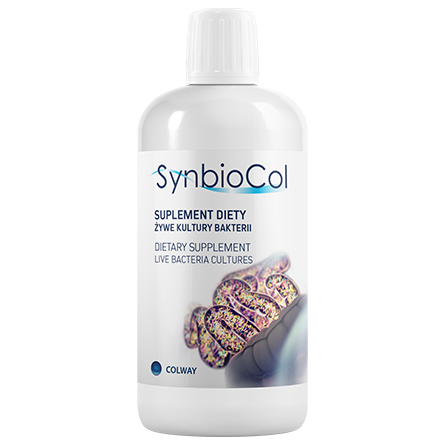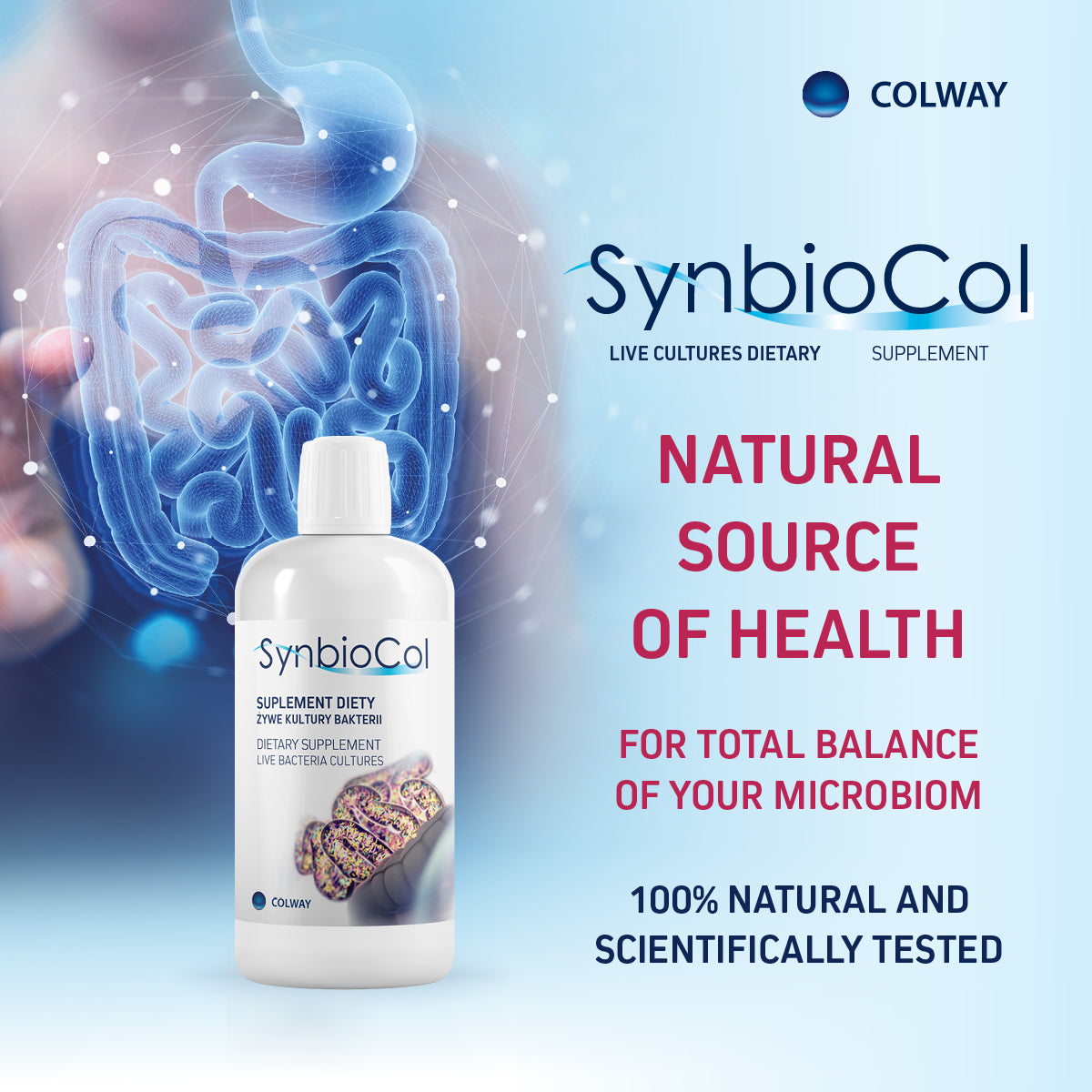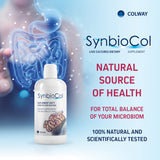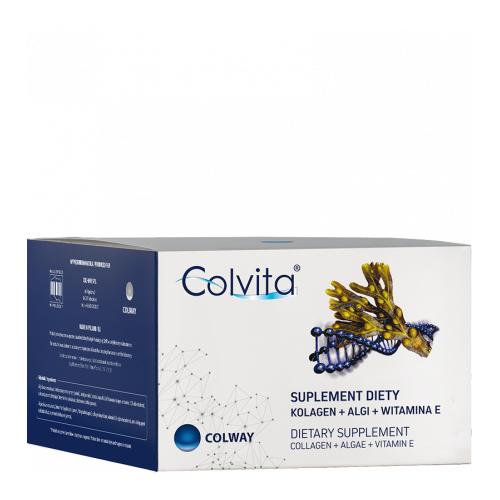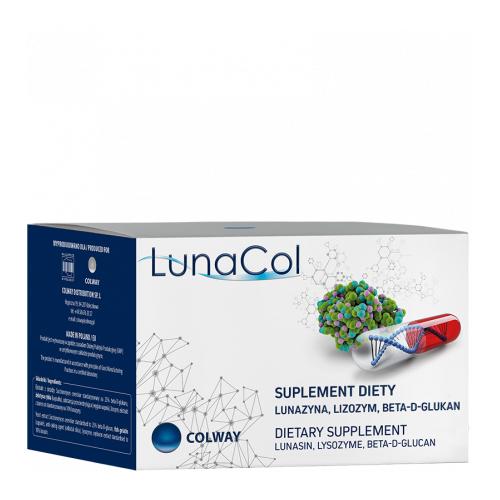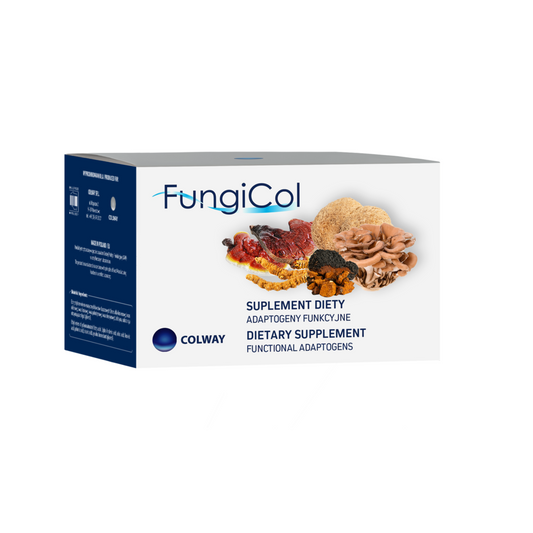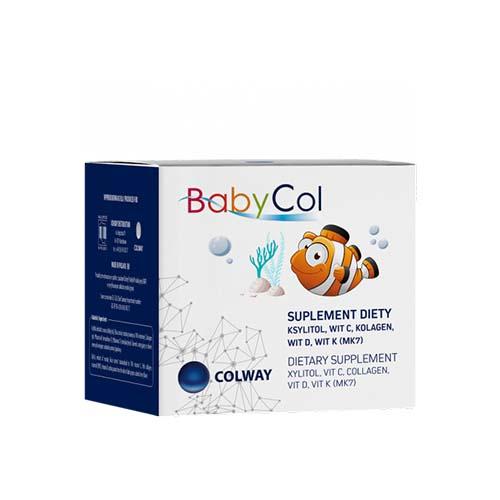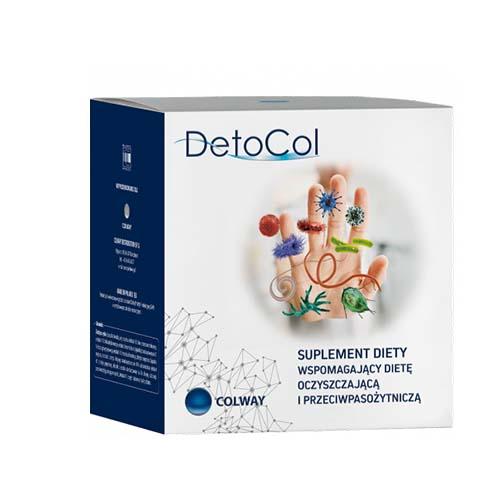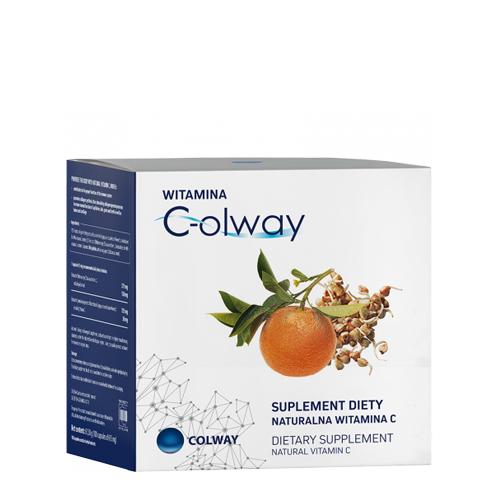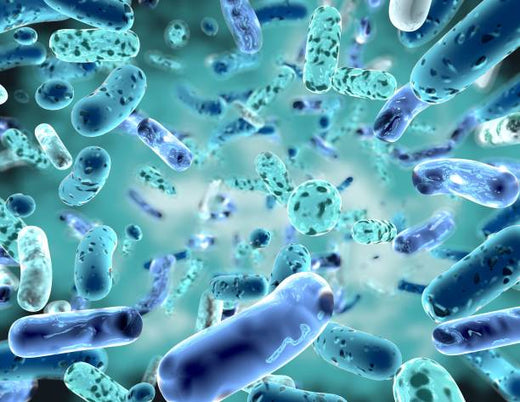Modern life has led to a change in our eating habits, moving us away from healthy practices and increasing our interest in the composition of the microbiota in different parts of our body and its relationship with various diseases. In this context, food supplements that provide health benefits have gained relevance. In particular, prebiotics, probiotics and symbiotics are used to correct possible "dysfunctions or alterations" of the intestinal microbiota. Among these, symbiotic products have captured our attention.
What is a Symbiotic?
A synbiotic is a pharmaceutical or food preparation that contains one or more species of probiotic and prebiotic ingredients. Therefore, a symbiotic product exerts a probiotic and prebiotic effect. The International Scientific Association of Probiotics and Prebiotics (ISAPP) recently published a consensus document stating that only those preparations whose combination has been scientifically confirmed to be effective should be called symbiotic.
Relationship Between Intestinal Flora and Symbiotic Products
The simultaneous administration of probiotics and a substrate that they can metabolize provides the administered strains with greater opportunities for colonization and survival in the host organism, increasing or prolonging their beneficial effects. Symbiotics are the best strategy for integrating the probiotic into the ecosystem, since they increase persistence (product shelf life) and provide a specific substrate for resident bacterial biota.
Modes of Action of Symbiotics
There are two modes of symbiotic action. The first is by improving the viability of probiotic microorganisms. Synbiotics trigger a reduction in the concentration of undesirable metabolites, as well as an inactivation of nitrosamines and carcinogenic substances. The second mode of action is through the contribution of specific healthy effects. Synbiotics exhibit antibacterial, anticancer, and antiallergic effects.
Identification of Symbiotic Products
A symbiotic product can be identified by counting on the labeling of its composition with probiotics and prebiotics. Probiotic strains are identified based on their genus, species, subspecies (if applicable), and an alphanumeric designation that identifies a particular strain. On the other hand, the most common prebiotics are usually: oligofructose, inulin, galactooligosaccharides, lactulose, oligosaccharides from breast milk and fructooligosaccharides.
Benefits of Symbiotic Products
The potential beneficial action of the intervention with symbiotics has received significant attention in recent years due to its contribution to the development of a strong mutualism between the host and its microbiota. Theoretically, synbiotics have a greater beneficial effect on intestinal biota than probiotics and prebiotics alone. This is because they reduce the pH, promote the growth of bifidobacteria and their protective action (by inhibiting potentially pathogenic microorganisms), favor stabilization of the intestinal environment, and increase the release of short-chain fatty acids (SCFA).
Frequent questions
1. What is a symbiotic product?
A symbiotic product is a pharmaceutical or food preparation that contains one or more species of probiotic and prebiotic ingredients. Therefore, a symbiotic product exerts a probiotic and prebiotic effect.
2. How do symbiotic products work?
Symbiotic products act in two main ways. First, they improve the viability of probiotic microorganisms, reducing the concentration of undesirable metabolites and inactivating nitrosamines and carcinogenic substances. Second, they provide specific health effects, such as antibacterial, anticancer, and antiallergic effects.
3. How is a symbiotic product identified?
A symbiotic product can be identified by counting on the labeling of its composition with probiotics and prebiotics. Probiotic strains are identified based on their genus, species, subspecies (if applicable), and an alphanumeric designation that identifies a particular strain.
4. What are the benefits of symbiotic products?
Symbiotic products have a greater beneficial effect on intestinal biota than probiotics and prebiotics alone. This is because they reduce the pH, promote the growth of bifidobacteria and their protective action (by inhibiting potentially pathogenic microorganisms), favor stabilization of the intestinal environment, and increase the release of short-chain fatty acids (SCFA).
5. Are symbiotic products safe?
Yes, symbiotic products are safe for most people. However, it is always advisable to consult a health professional before beginning any new supplement or dietary change.
6. Where can I find symbiotic products?
Symbiotic products can be found in health food stores, pharmacies, and online. Some foods also contain natural probiotics and prebiotics and can act as symbiotics.
Conclusion
Symbiotic products are a great way to improve gut and overall health. By combining probiotics and prebiotics, these products can provide a number of health benefits, from improving digestion to strengthening the immune system. However, it is always important to remember that each individual is unique and may respond differently to these products. Therefore, it is always best to consult a health professional before beginning any new supplement or dietary change.

